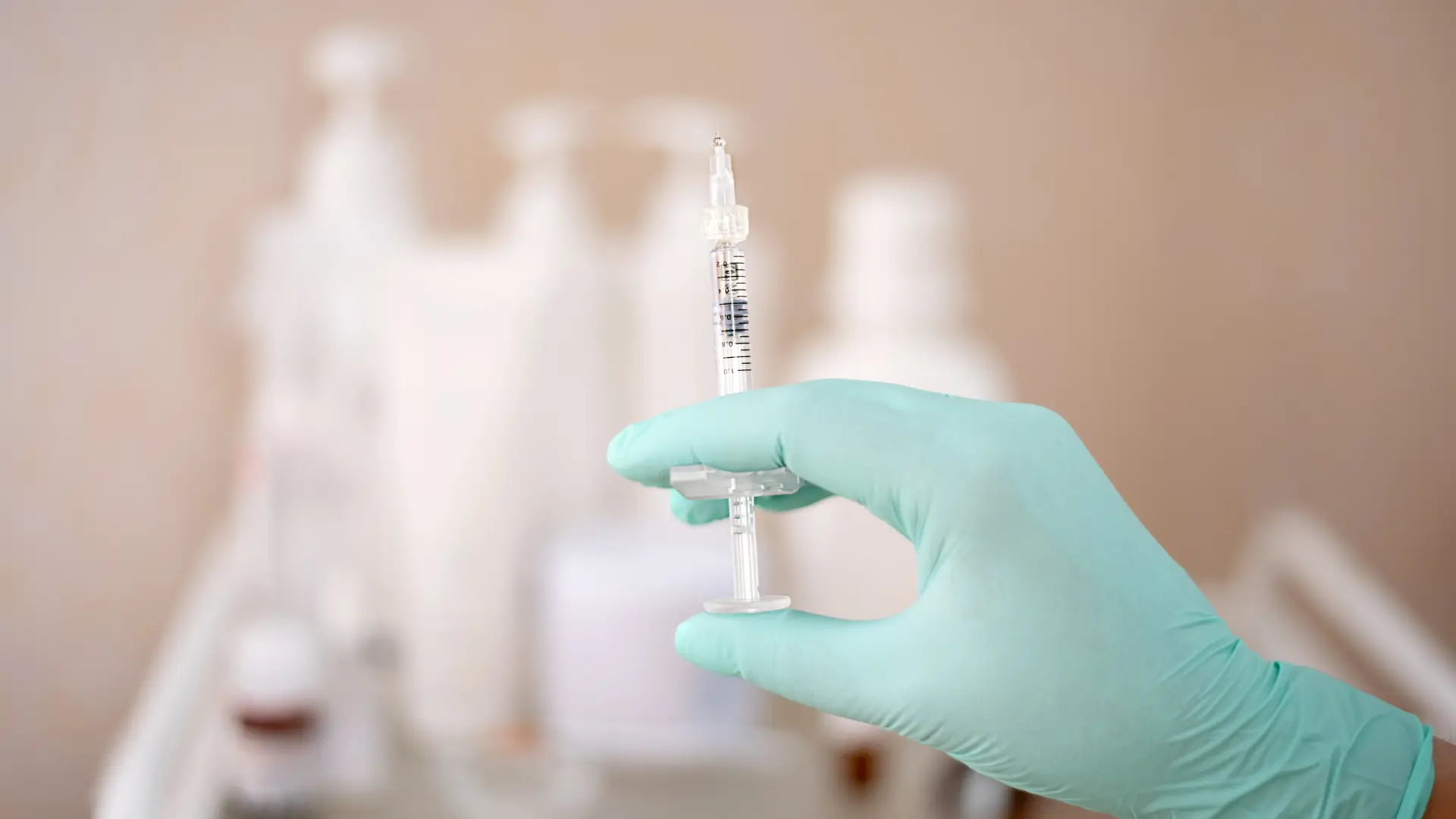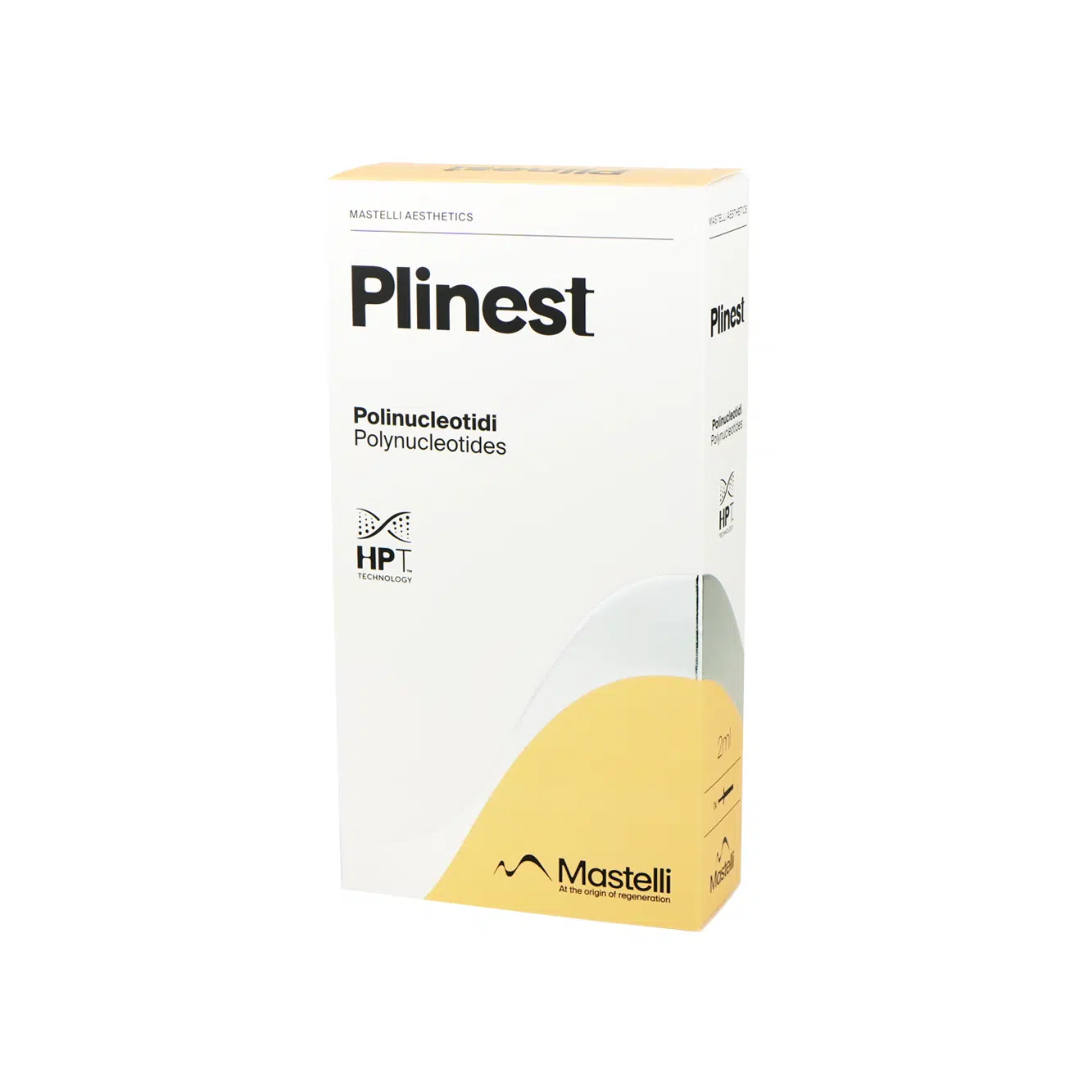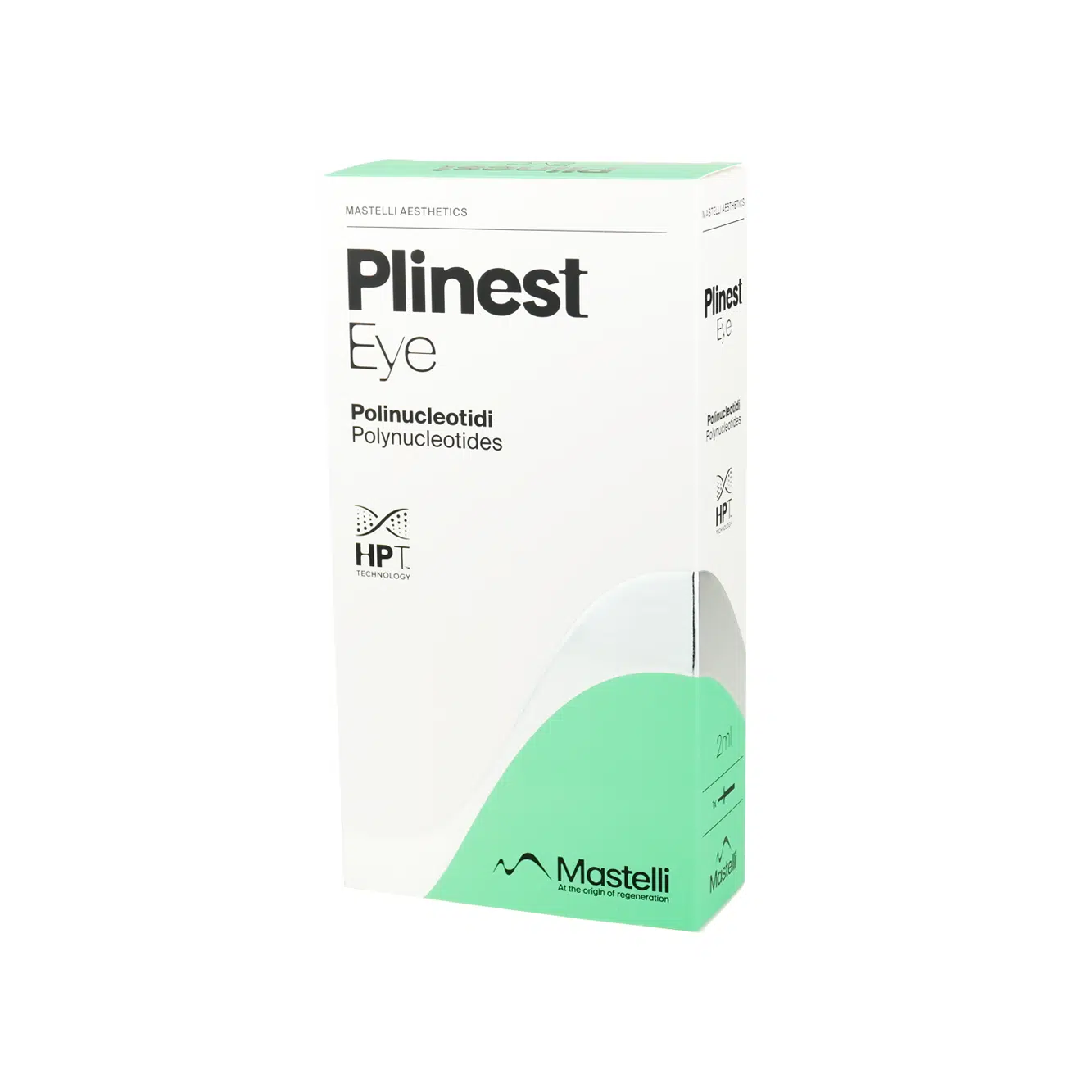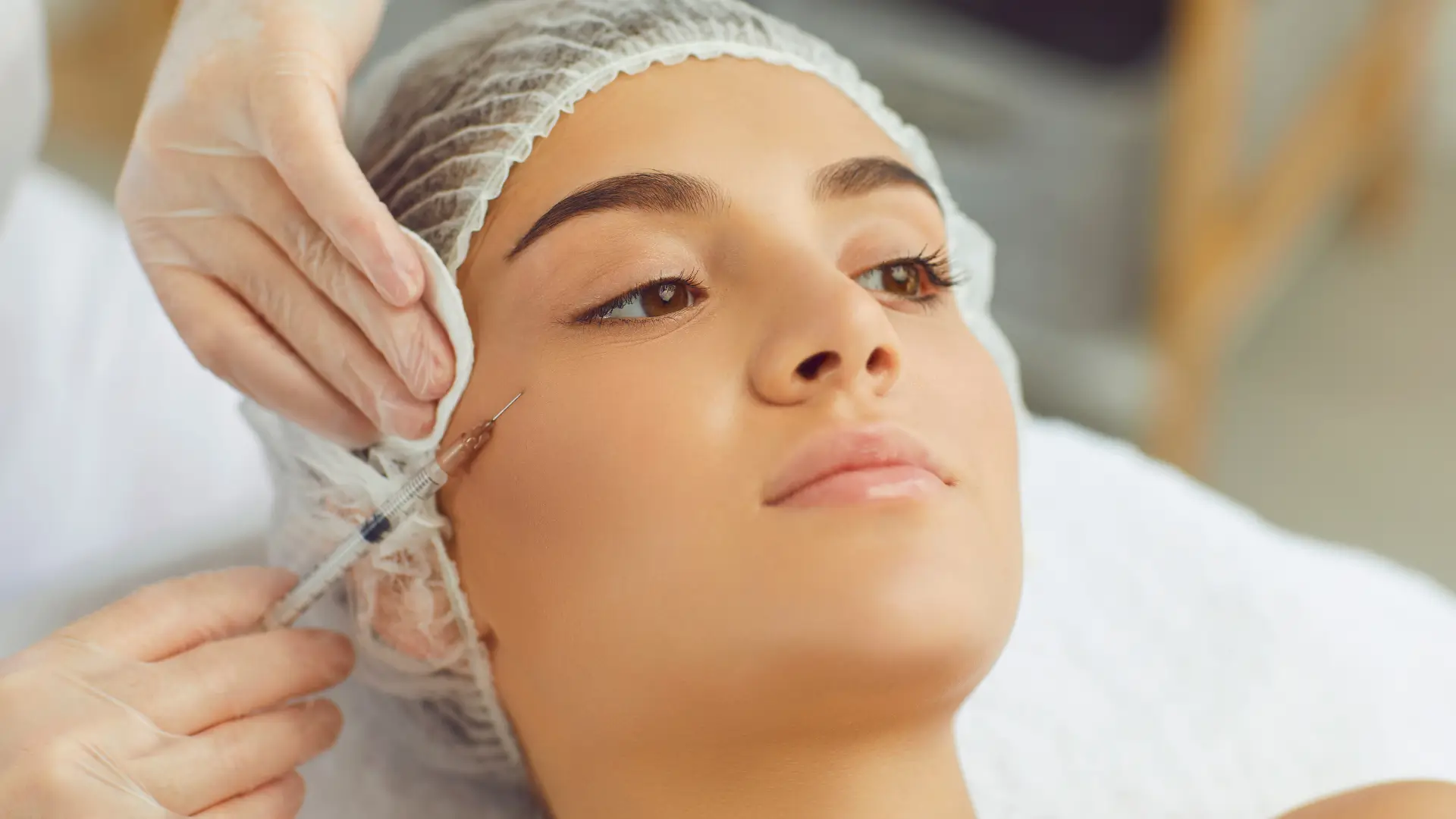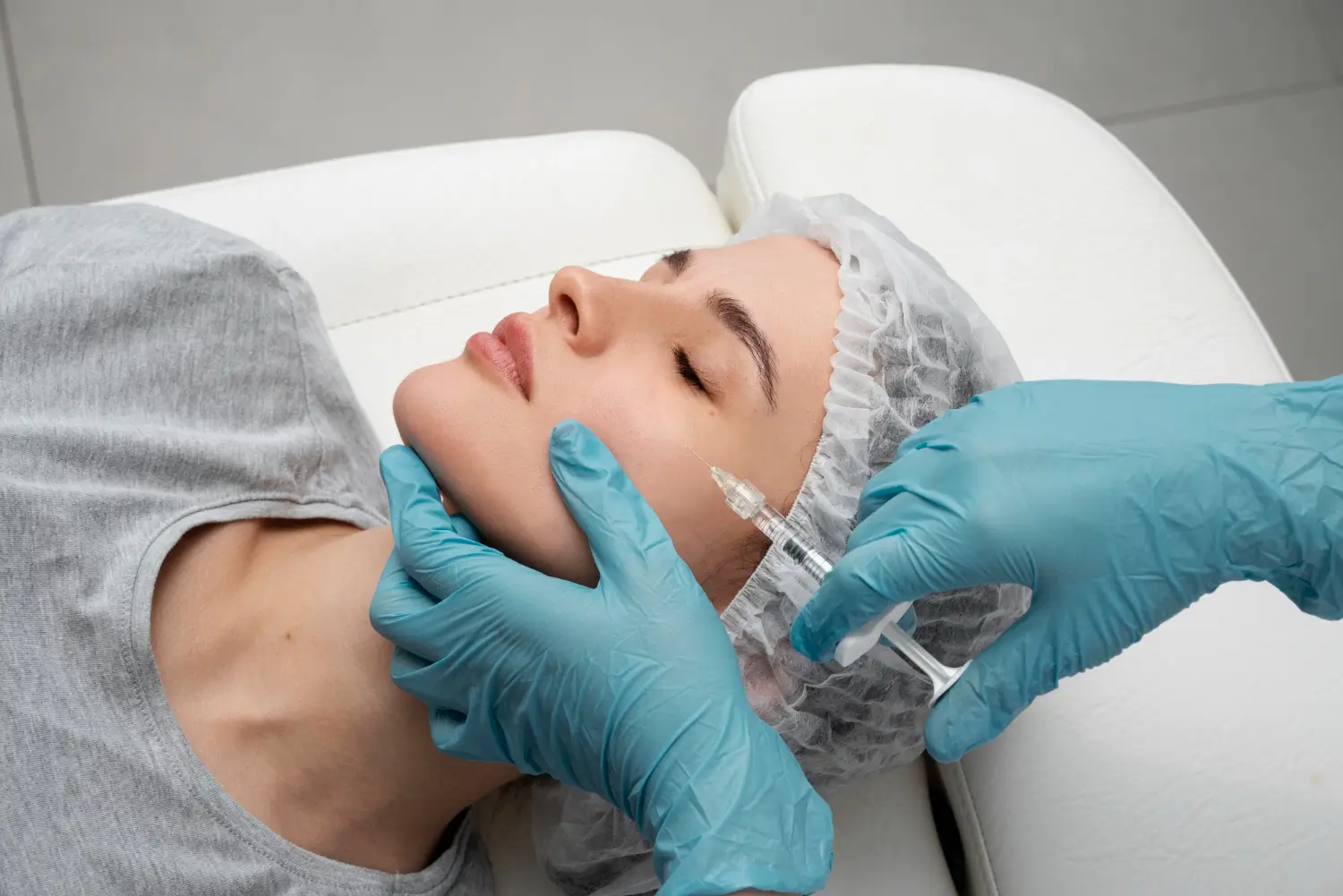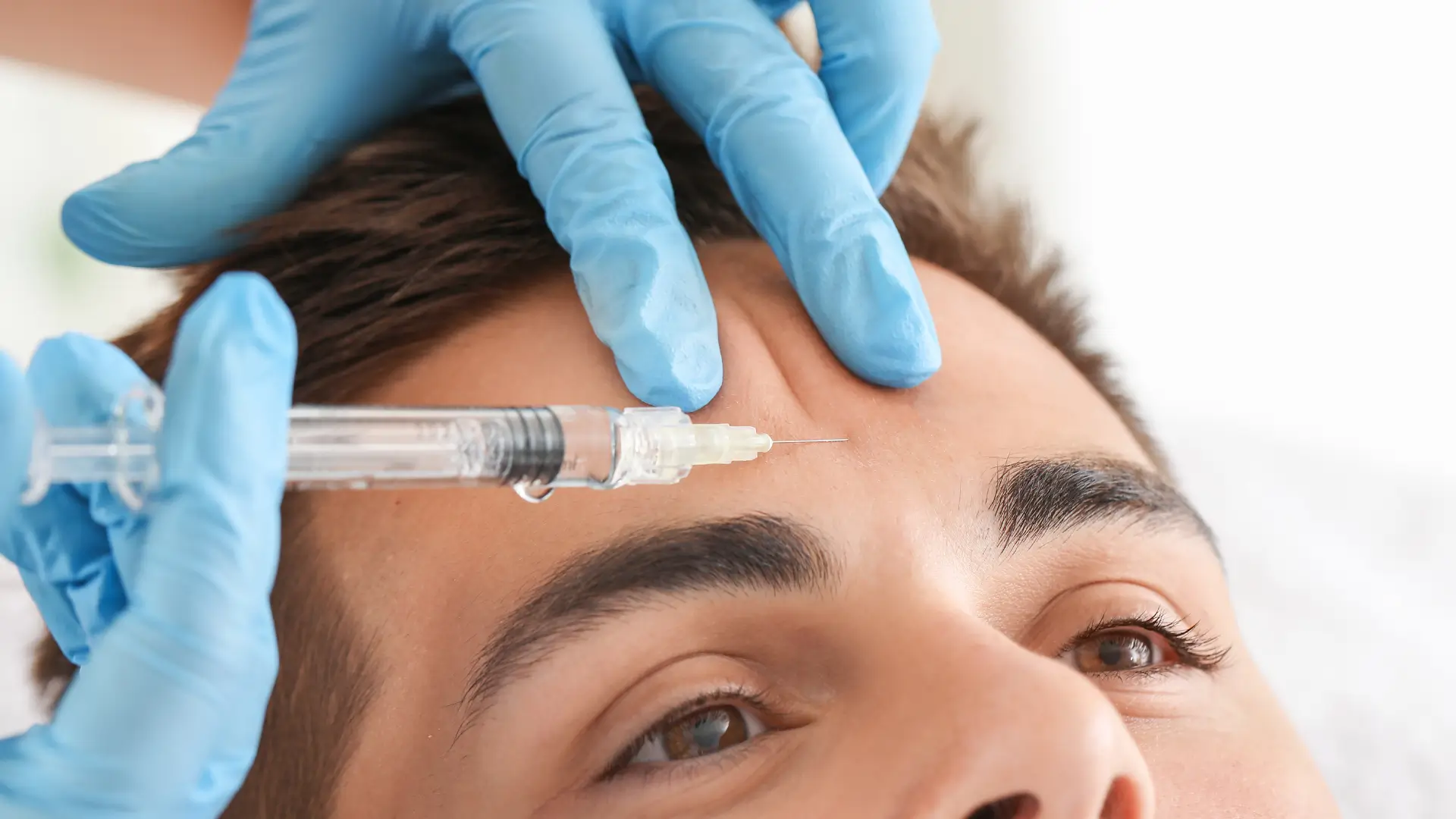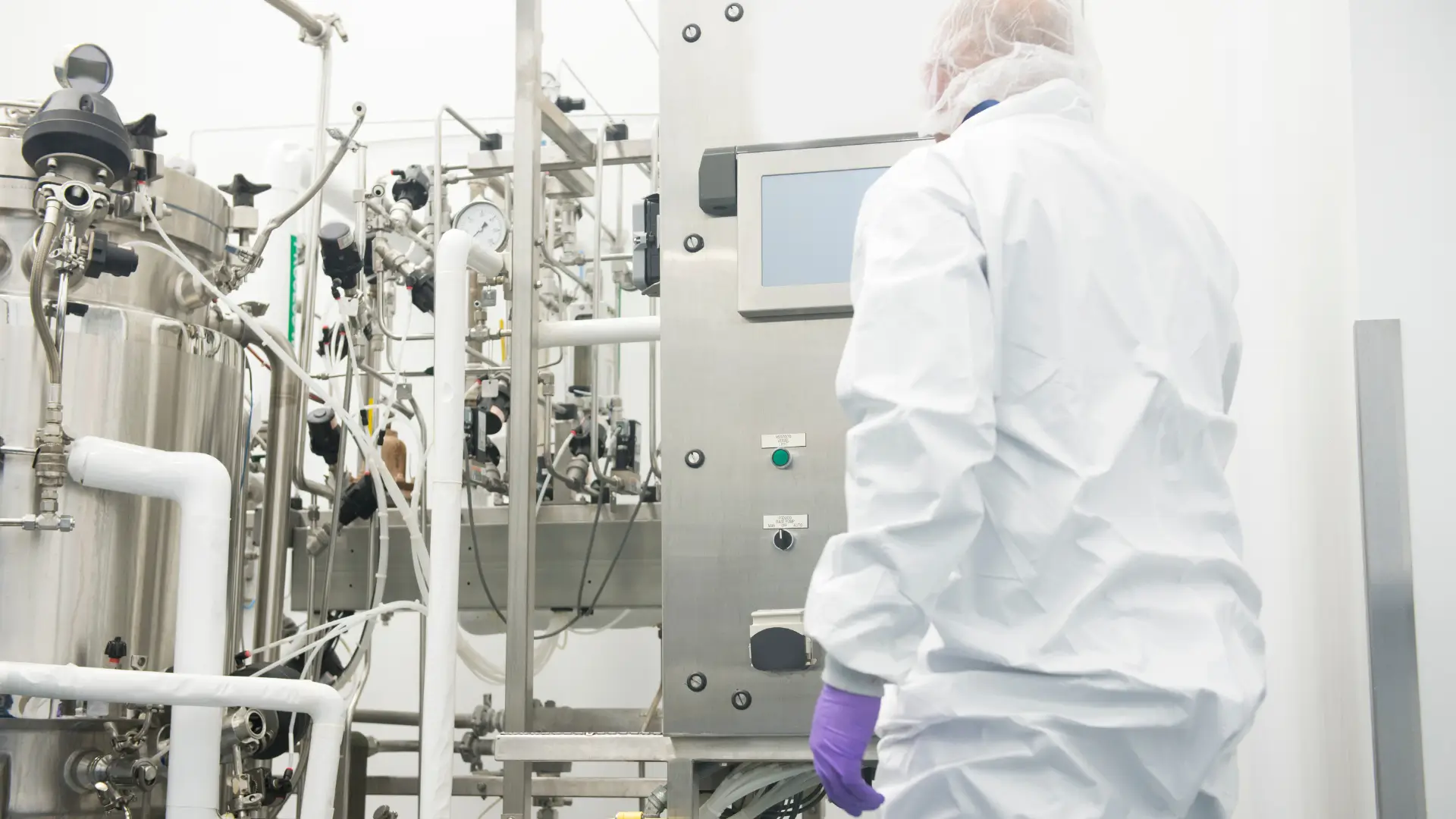A recent clinical review published in the International Journal of Molecular Sciences reported that polynucleotide-based aesthetic injections generally carry low risk profiles and mild adverse effects across most clinical studies. These findings support their growing reputation as safe, science-backed treatments when properly administered in aesthetic medicine.
Plinest injections—a standout polynucleotide therapy—reflect these safety trends while offering impressive skin rejuvenation results. However, as with any injectable treatment, potential side effects remain a key consideration for both practitioners and patients.
In this article, we’ll explore the complete list of Plinest side effects, examine how to minimize risks, and highlight the importance of patient counseling and clinical best practices for safe, effective outcomes.
Key Takeaways
- Plinest injections are generally safe and well-tolerated but may cause mild side effects like redness, swelling, or bruising that resolve within days.
- Rare side effects or complications, including infections or allergic reactions, can occur but are typically preventable with proper technique and aftercare.
- Thorough patient counseling before and after treatment ensures informed consent, sets realistic expectations, and promotes satisfaction.
- Effective Plinest aftercare includes hydration, avoiding strenuous activity, and monitoring the treated area for any unusual symptoms.
- Reviewing before and after results can help patients visualize realistic improvements and reinforce trust in the treatment process.
- Clinicians should follow best practices such as aseptic protocols, personalized guidance, and timely follow-ups to ensure patient safety and optimal results.
About: Medica Depot is your trusted all-in-one supplier, offering a range of high-quality medical injectables and supplies. Buy Plinest at Medica Depot today! Whether for health professionals, plastic surgeons, dermatologists, licensed estheticians, or other specialists, we can offer genuine, brand-name products you may need. With Medica Depot, we prioritize serving you better to improve the patient’s quality of life.
Common Mild Plinest Side Effects: What to Expect
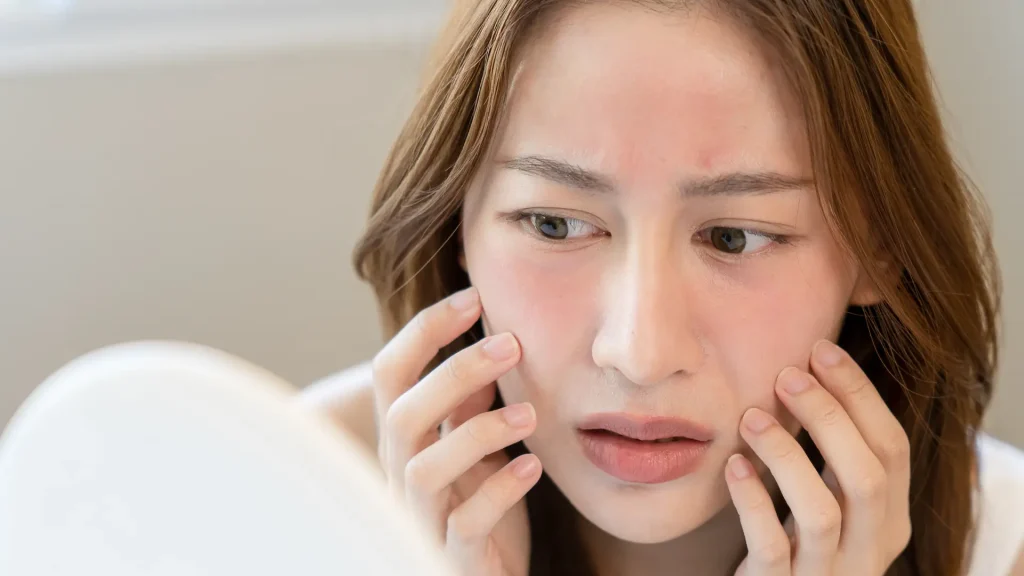
In addition to knowing the benefits and browsing through Plinest before and after photos, patients should consult a qualified practitioner to understand the potential risks associated with this aesthetic solution. This minimally invasive injection uses polynucleotides derived from trout DNA, known for their regenerative properties and high safety profile in skin rejuvenation.
Typical Plinest side effects are generally mild to moderate and self-resolving within a few days to a week. While individualized reactions may occur, many patients experience:
- Mild swelling
- Localized redness
- Slight bruising
- Tenderness
- Occasional itching
These side effects are expected often at the injection site and usually resolve with minimal intervention. Adherence to the post treatment instructions can help patients achieve their desired skin or aesthetic effects without any severe reactions or side effects.
Rare but Serious Plinest Side Effects: Risks and Management
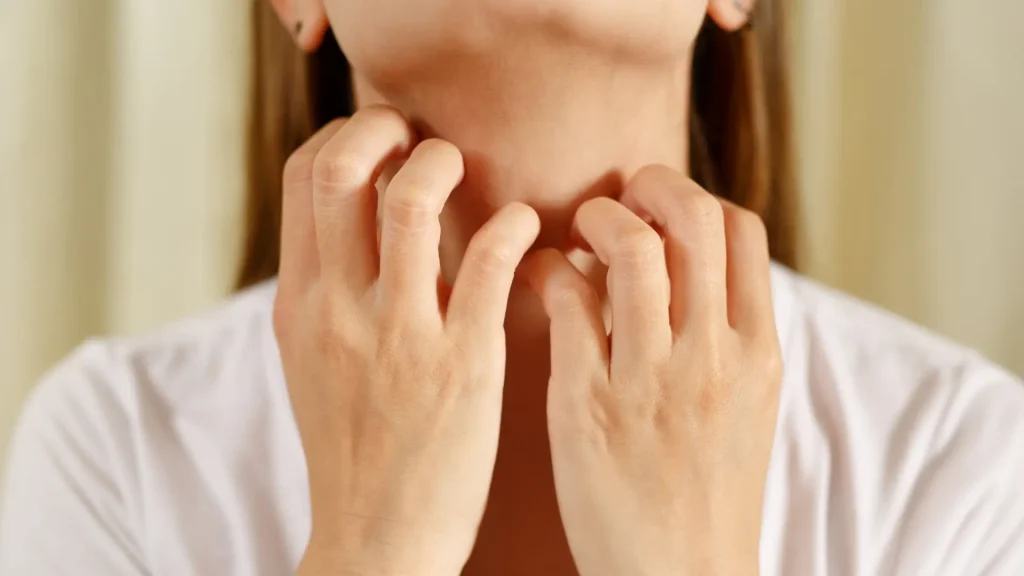
Though uncommon, serious adverse effects may develop due to improper injection technique, patient contraindications, or non-compliance with aftercare protocols. These include:
- Skin infections, often from inadequate sterilization, typically managed with antibiotics.
- Allergic reactions, including swelling, itching, or respiratory difficulty, require immediate medical intervention.
- Nodule formation, presenting as firm lumps under the skin, which may respond to massage or further clinical management.
Prompt recognition and action for these side effects associated with Plinest are vital for patient safety.
Patient Counseling on Plinest Side Effects and Recovery
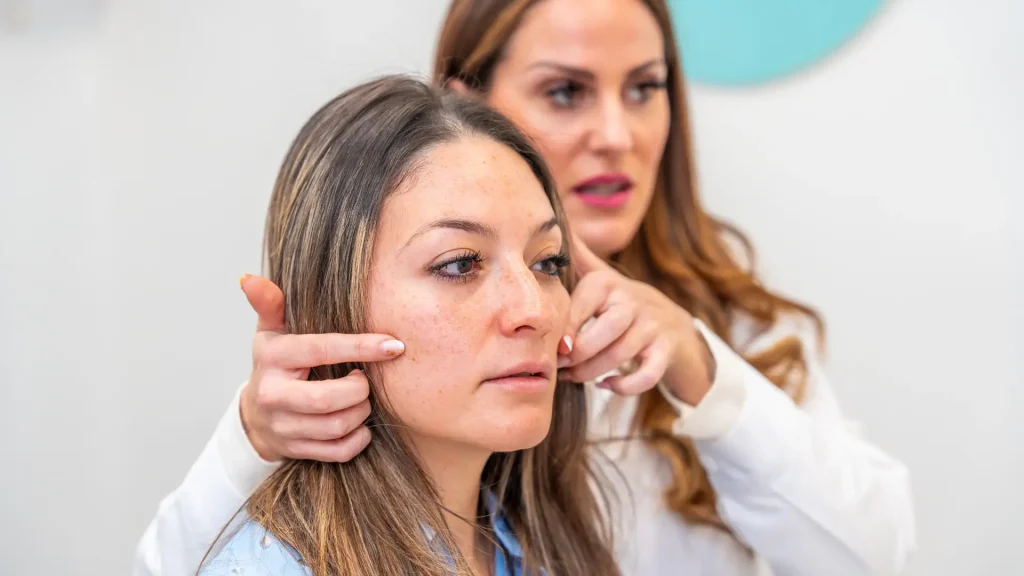
By conducting thorough patient screening and following post-treatment care guidelines, practitioners can significantly reduce these risks and ensure a safe and effective experience. Furthermore, patient education and counseling ensure informed treatment decision-making and a smooth healing process.
While generally well-tolerated, patients must expect that Plinest may cause potential reactions post-treatment. It’s essential to attend regular check-ups with practitioners to monitor the progress and side effects to ensure a safe and effective Plinest treatment.
Moreover, to promote optimal healing, patients should adhere to the following instructions:
- Rest and apply cold compresses to reduce swelling after treatment.
- Stay hydrated to support skin regeneration.
- Avoid strenuous activities that may aggravate the treated area.
- Monitor each injection site for signs of infection and report any unusual symptoms promptly.
Best Practices for Managing Plinest Side Effects in Clinical Settings
Clinicians follow strict aseptic protocols and conduct thorough patient assessments to minimize risks such as infections, allergic reactions, and nodule formation. They proactively counsel patients about temporary side effects and provide clear post-procedure guidance to promote a smooth recovery.
Best practices should include:
- Upholding Strict Hygiene Standards: Adhering to rigorous sterility protocols reduces the risk of infection.
- Educating Patients on Aftercare: Clear, detailed instructions help patients manage minor side effects and support recovery.
- Monitoring for Adverse Reactions: Regular assessment and prompt intervention ensure that any unusual symptoms are swiftly addressed.
- Customizing Post-Procedure Instructions: Tailoring care guidelines to each patient’s specific needs enhances overall outcomes.
- Scheduling Follow-Up Appointments: These sessions help track progress and provide timely support if any concerns arise.
Conclusion
While Plinest injections are safe for most patients, it’s essential to remain informed about possible side effects. With proper technique, thorough counseling, and attentive post-care, both practitioners and patients can minimize risk and maximize the rejuvenating potential of this innovative treatment.
The success of Plinest goes beyond the injection—it lies in realistic expectations, professional care, and clear education at every step of the treatment journey.
FAQs
1. What are the common side effects of Plinest injections?
Common side effects or mild reactions include swelling, localized redness, slight bruising, tenderness, and occasional itching, which usually resolve within a few days to a week.
2. What should patients do if they experience severe side effects after a Plinest treatment?
If they encounter severe side effects, such as signs of infection, allergic reactions, or nodule formation, they should seek immediate medical attention for proper evaluation and treatment.
3. How can practitioners ensure a smooth recovery after receiving Plinest injections?
To promote treatment recovery for patients, rest, apply cold compresses to affected areas, stay hydrated, avoid strenuous activities, and monitor injection sites for any unusual symptoms.
References
- Lee, K. W. A., Chan, K. W. L., Lee, A., Lee, C. H., Wan, J., Wong, S., & Yi, K.-H. (2024). Polynucleotides in Aesthetic Medicine: A Review of Current Practices and Perceived Effectiveness. International Journal of Molecular Sciences, 25(15), 8224–8224. https://doi.org/10.3390/ijms25158224
- Lampridou, S., Bassett, S., Cavallini, M., & Christopoulos, G. (2025). The Effectiveness of Polynucleotides in Esthetic Medicine: A Systematic Review. Journal of cosmetic dermatology, 24(2), e16721. https://doi.org/10.1111/jocd.16721
